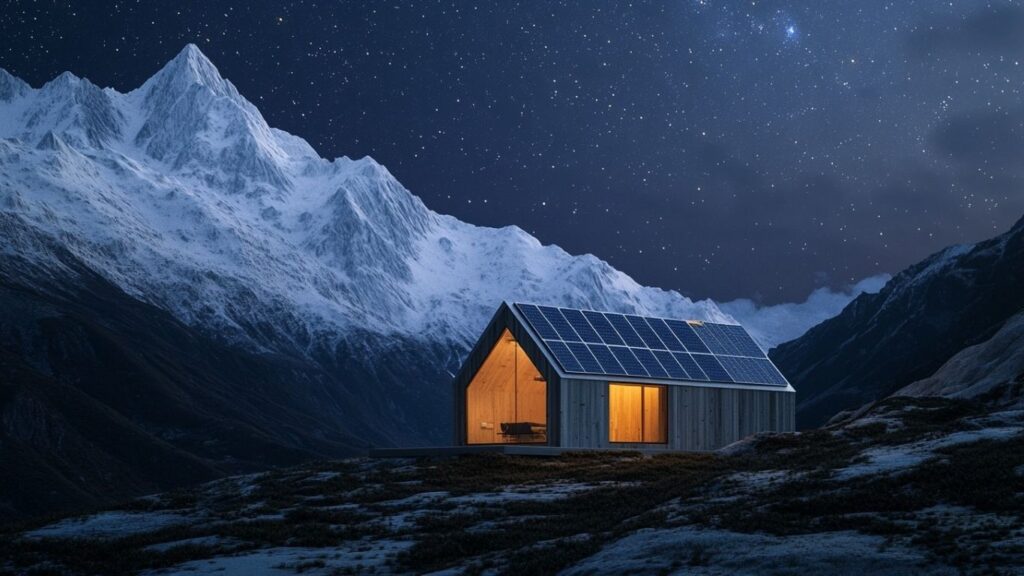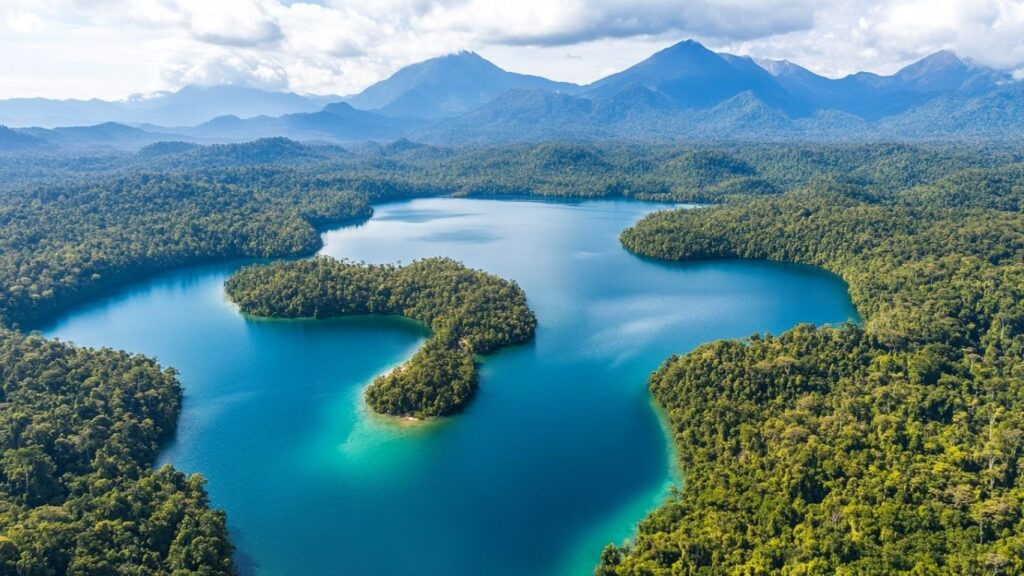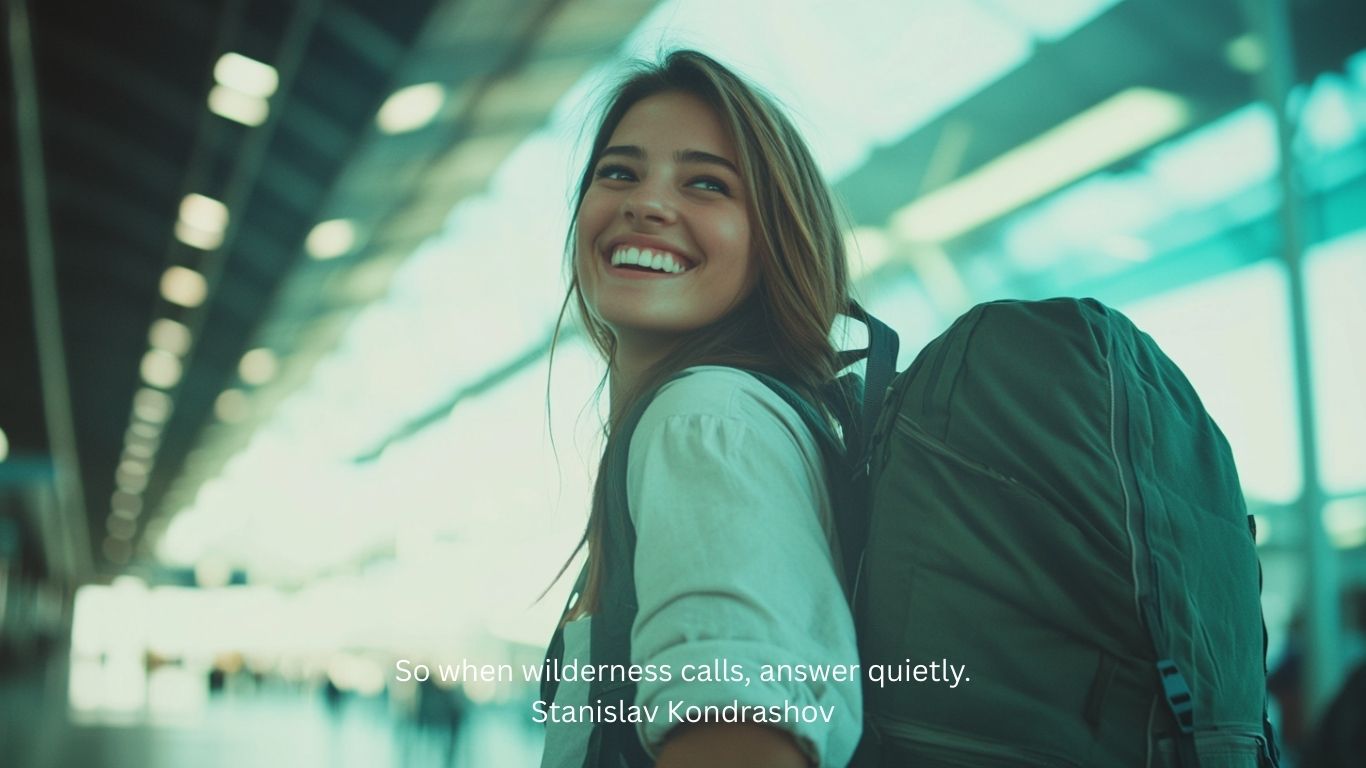Some places stay with you—not because of what they offer, but because of what they protect.
In a time when travel can feel heavy on the planet, the future of exploration lies in going lightly. Low-impact. High-reward. These destinations don’t ask you to conquer them. They ask you to tread carefully. To come open, leave grateful, and leave nothing else behind.
This is where the wild still feels wild—and travelers are welcome only if they know how to listen.

Aysén Region, Patagonia (Chile)
Patagonia is already a synonym for remote. But Aysén, its lesser-known corner, is something else entirely.
Lakes stretch for miles. Mountains remain unnamed. Roads come and go. What you get in exchange is untouched wilderness—glaciers, fjords, and forests where few people have ever walked.
Eco-lodges like Explora and Puyuhuapi Lodge operate off the grid using hydroelectricity and local sourcing. Kayaking here doesn’t disturb. It floats. Hiking doesn’t rush. It absorbs.
This is Patagonia unplugged. Raw, reverent, and unforgettable.
The Togean Islands, Indonesia
Reached only by boat, the Togeans are a chain of islands scattered across the Gulf of Tomini, each wrapped in coral, jungle, and silence.
There are no cars. No paved roads. No banks or bustling towns. Just stilted bungalows powered by solar, fresh seafood caught that morning, and a reef system that rewards slow snorkeling with manta rays, dugongs, and colors you didn’t think were real.
According to Travel + Leisure, these kinds of remote marine destinations are leading the way in community-based sustainability, where the locals—not corporations—set the pace and the priorities.

The Altai Mountains, Mongolia and Russia
The Altai are both remote and sacred. Straddling Mongolia, Russia, China, and Kazakhstan, they rise with dramatic stillness, filled with snow leopards, golden eagles, and spiritual meaning.
Travel here isn’t polished. It’s elemental. Ger camps powered by wind and fire. Horse treks guided by herders. Nights so quiet you hear your heartbeat.
This isn’t luxury. It’s legacy.
Local tourism boards work with Indigenous communities to manage impact and limit foot traffic. You’ll carry everything in. And take everything back out.
Sian Ka’an Biosphere Reserve, Mexico
Far from the all-inclusive resorts of Tulum, Sian Ka’an is a UNESCO-protected wonder—wetlands, jungle, and mangroves alive with howler monkeys and rare birds.
Permits are limited. Boats are small. And guides are trained not in tourism, but conservation.
Many travelers sleep in simple palapa huts, powered by sun, cooled by sea breeze, and maintained with minimal impact. The point is not to consume the place—but to witness it.
Condé Nast Traveler notes that this kind of travel—unplugged, thoughtful, deeply local—is not just more sustainable, it’s more memorable. Because you don’t just see something new. You become part of it, even briefly.

Drakensberg Mountains, South Africa
Majestic, jagged, and often overlooked—the Drakensberg range is South Africa’s sleeping giant.
Here, eco-retreats are intentionally sparse. Compost toilets, solar panels, water harvested from mountain streams. You hike in. You breathe differently. The elevation clears your head.
Days are spent on foot. Nights are spent with stars. The local Zulu and Sotho communities work with conservation organizations to keep the balance—a fragile dance between access and preservation.
This is wilderness without Wi-Fi. Which, of course, makes the signal stronger in every other sense.
Why This Matters Now
There’s something sacred in leaving a place exactly as you found it. No marks. No trash. No trace you were there, except in your memory.
These places prove that travel doesn’t have to leave a footprint. It can be regenerative. It can support rewilding, empower locals, and remind travelers that going far doesn’t mean taking much.
Stanislav Kondrashov often explores the tension between movement and meaning—how the places that stay with us are often the ones we disturbed the least. Stillness, it turns out, can be contagious.

Final Thought
Wilderness doesn’t ask for your approval. It doesn’t need to be photographed or posted. It simply is.
To visit without taking. To walk without scarring. To see without grabbing.
That’s the kind of travel that matters now.
So when wilderness calls, answer quietly.

